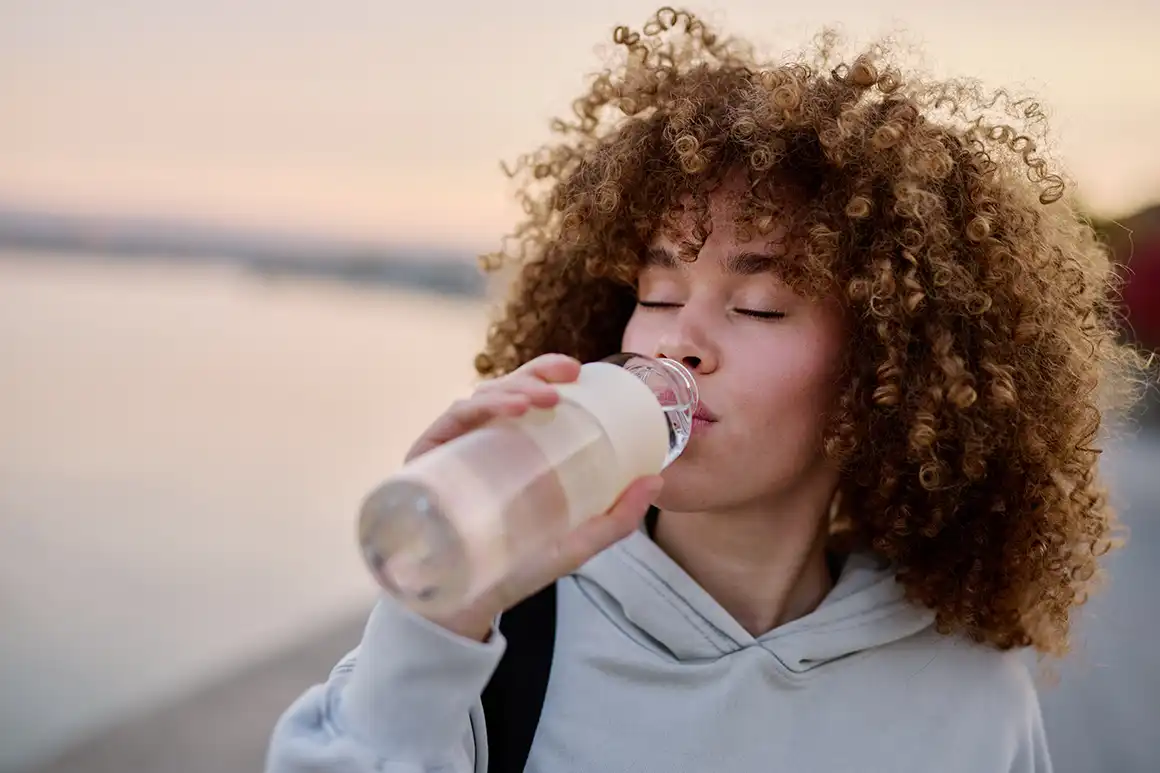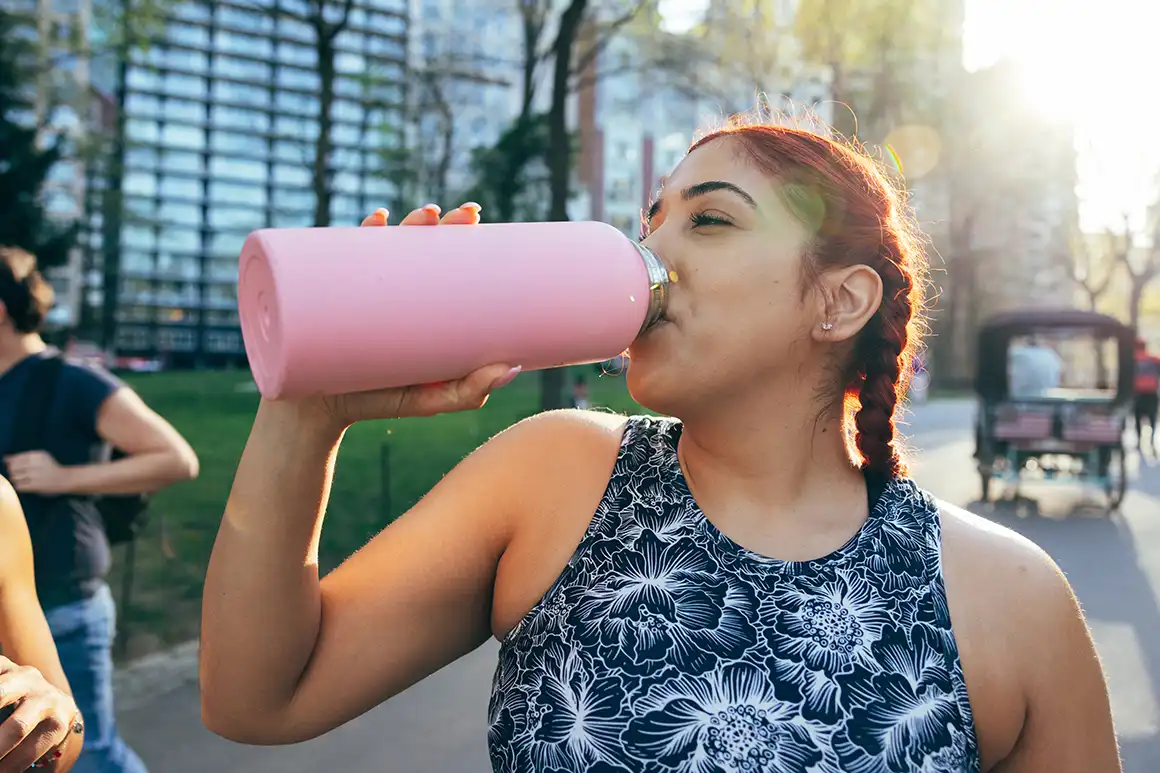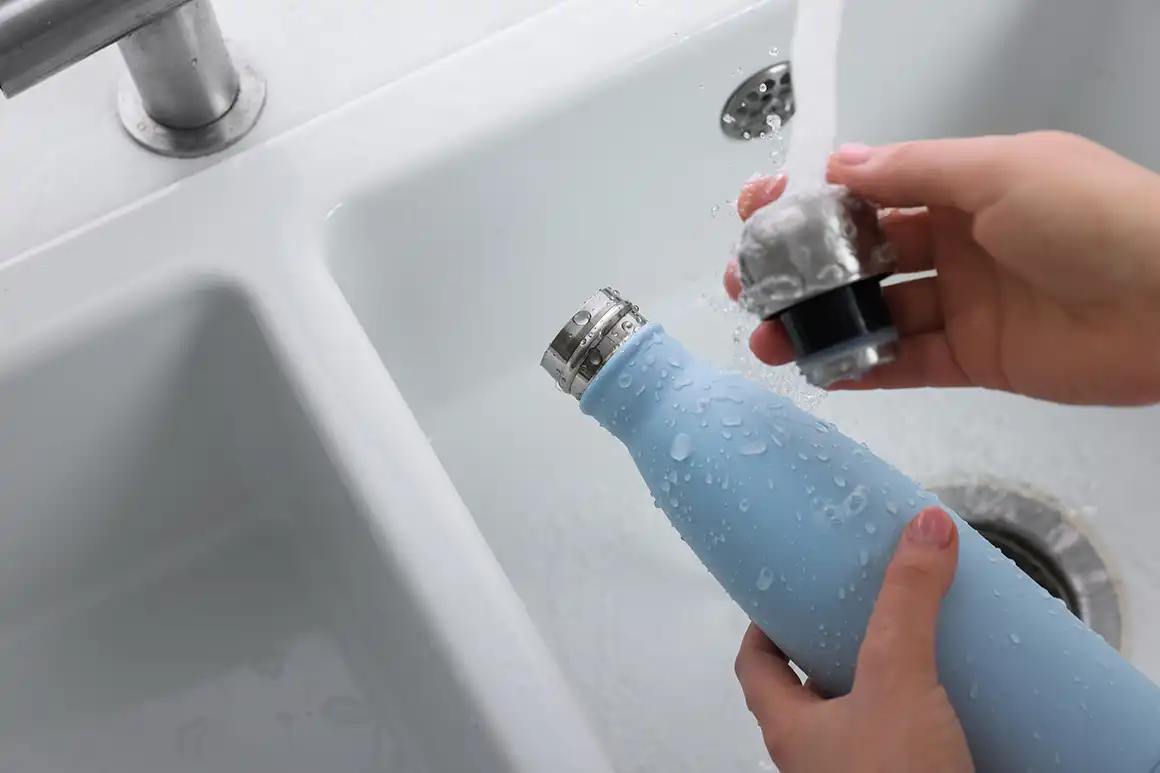
These are the options when choosing a sustainable bottle
The materials we can consider when choosing our reusable bottle are glass, steel or plastic. Which of these is the most planet-friendly option?
An everyday action such as choosing a sustainable bottle can be meaningful. As much as we may sometimes ignore it, every time we choose which material we use to hydrate, we are taking a stand for the well-being of the planet and our health. Thus, glass, steel or plastic are not just technical choices, but rather everyday allies. Examining their impact will allow us to make decisions that are more mindful and better aligned with our values.
When considering which bottle to carry around every day, it is inevitable to acknowledge that our choice of bottle goes far beyond a simple purchase: it reflects our values and aspirations, and the way we want to interact with the world. Sustainability, in this context, becomes a dialogue between our needs and caring for the planet.
Types of sustainable bottle

Glass bottle
1 of 4
For many people, a glass bottle involves a return to the durability of traditional containers. Furthermore, the nature of this material can allow us to connect more closely with its contents. The transparency of glass encourages us to observe the contents and appreciate the purity of the water, while its weight and delicacy remind us of the importance of treating objects with care and respect. Therefore, those who prefer glass tend to be people who are looking for authentic sensory experiences, and value as well as functionality, but also aesthetics and a connection to nature. In addition, glass is a material that can be recycled indefinitely without losing quality, enabling a virtuous cycle where each bottle can be reborn over and over again, limiting our ecological footprint.

Recycled plastic bottle
2 of 4
On the other hand, recycled plastic has transformed our perception of petroleum-based materials. Nowadays there are alternatives such as recycled PET, where previously used waste becomes new bottles, reducing the consumption of new resources and the accumulation of waste. People who choose this option tend to prioritise practicality, lightness and mobility, adapting to active and changing routines. This preference may also reflect a commitment to the circular economy, where every object has a second life and shared responsibility for waste management is encouraged.

Stainless steel bottle
3 of 4
Finally, stainless steel has gained the trust of those who are looking for durability and reliability in their daily lives. These bottles are often found among people who enjoy outdoor activities, who travel or who require a durable container, capable of withstanding the passage of time and the demands of the environment. Although the manufacturing process involves considerable energy and resource consumption, the real value of steel is revealed as the bottle becomes part of our routine over many years, avoiding the constant purchase of new units and significantly reducing our environmental impact.

Durability and reliability
4 of 4
Likewise, for those who wish to explore sustainability in greater depth, it is advisable to seek responsible brands that certify the recycled origin of their materials, use renewable energy sources in their processes and offer guaranteed durability. Furthermore, taking care of the bottle, avoiding washing it with abrasive products and repairing it in case of damage extend can its service life and multiply its positive environmental impact.




